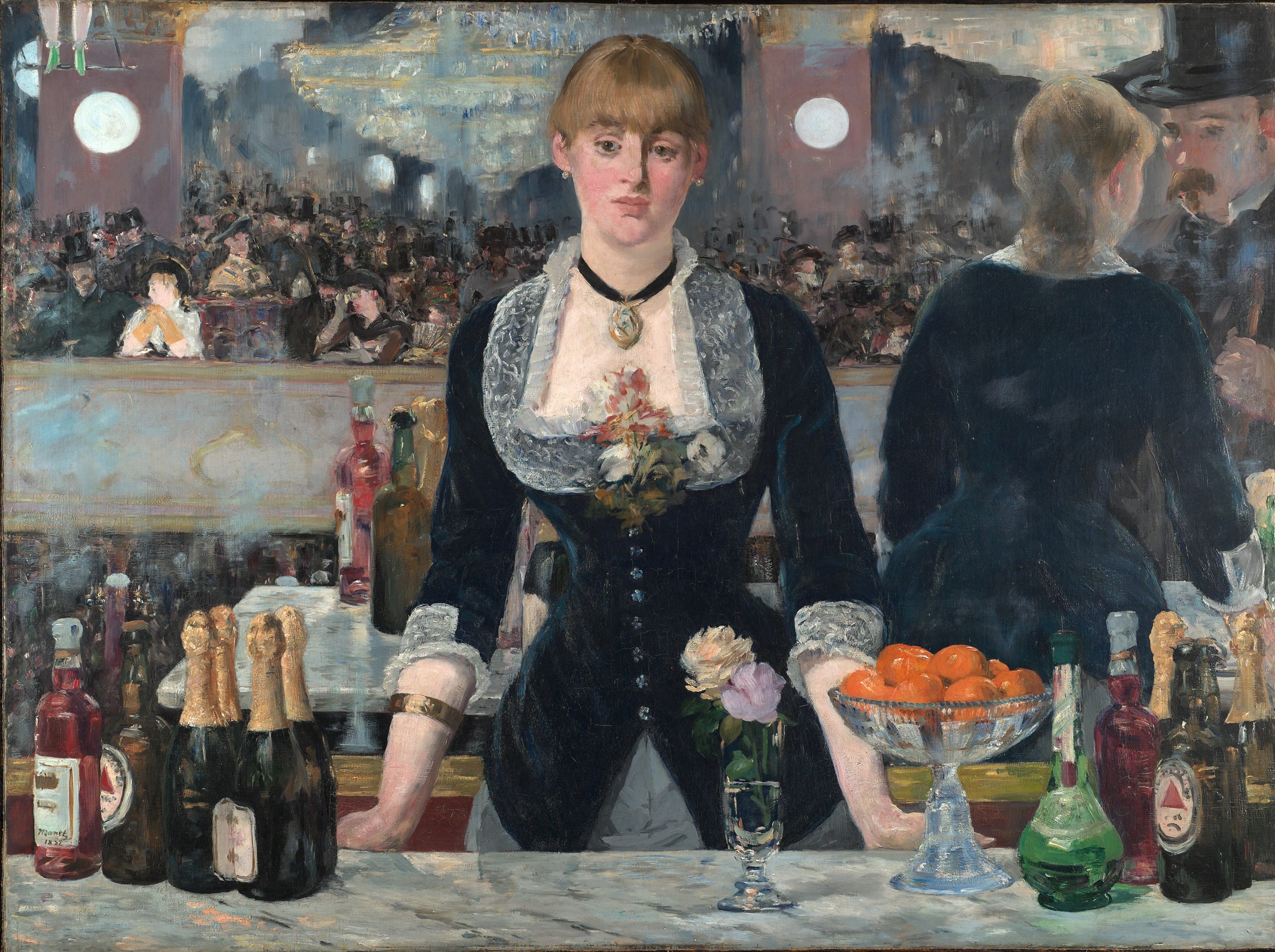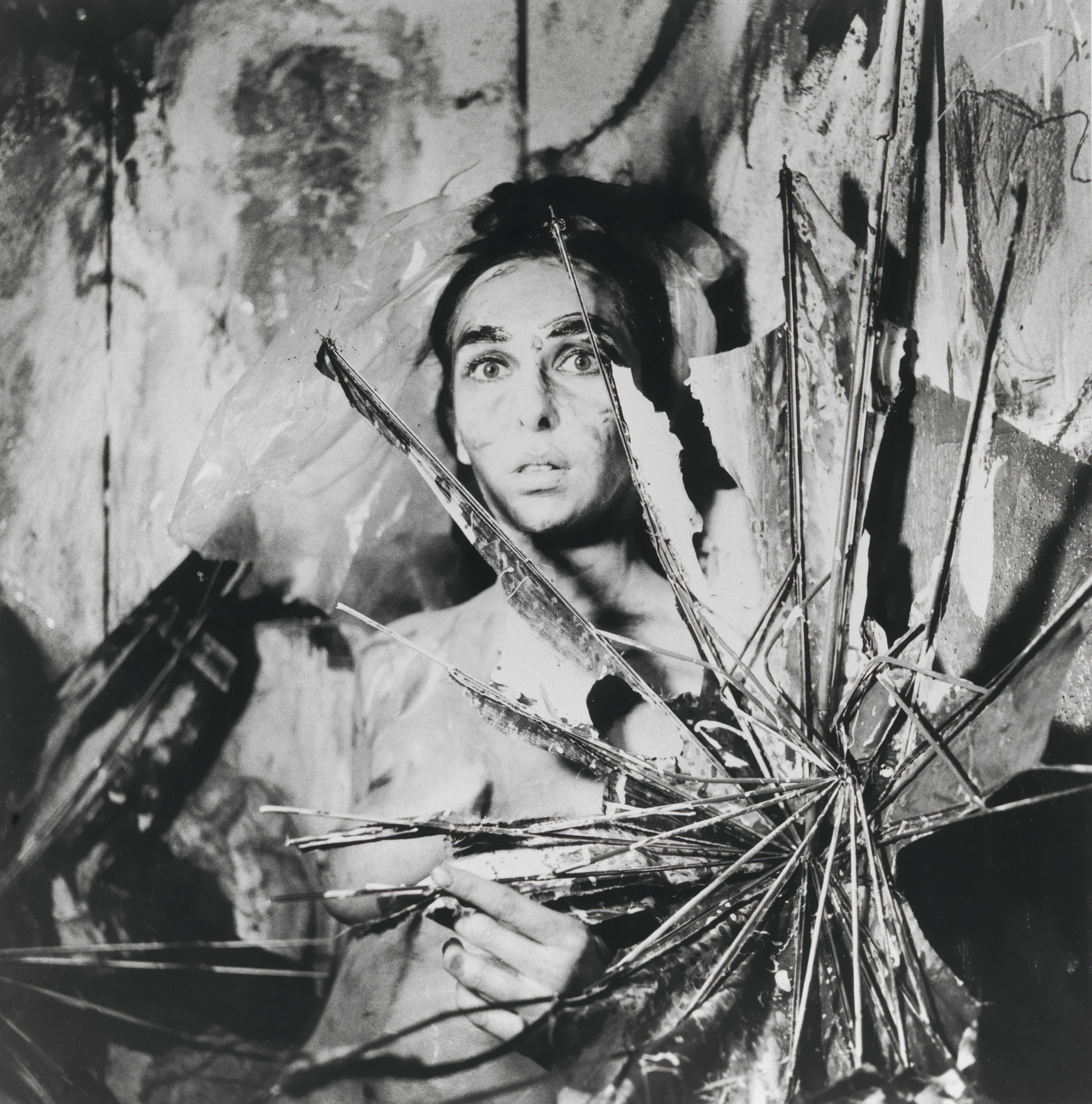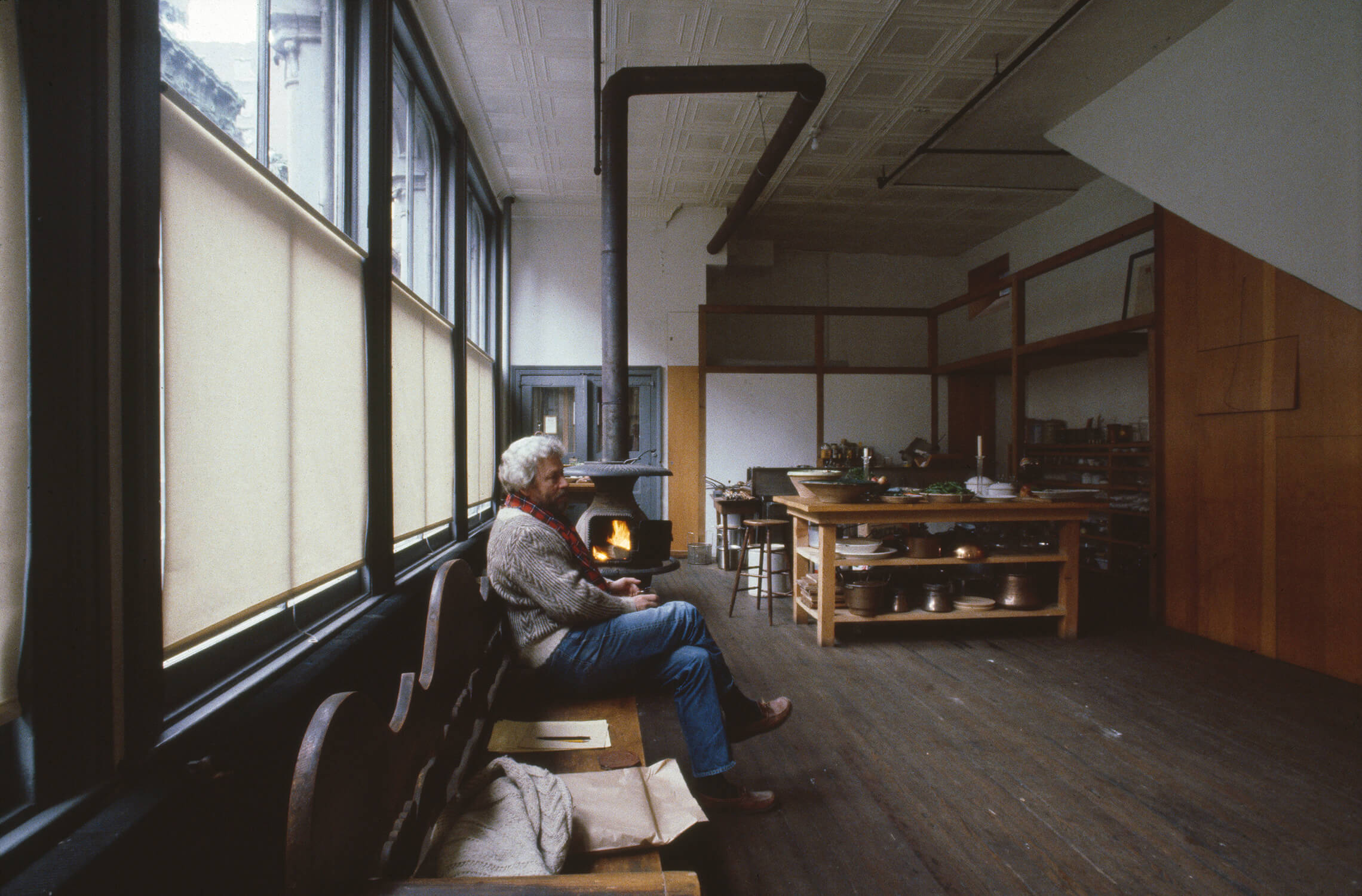Read Time 7 minutes
Five famous art heists you should know about
It’s autumn, which means it’s Thomas Crown Affair season. For those who’ve not seen our favourite movie, the story takes place over a New York fall, when Rene Russo, an insurance investigator with an excellent wardrobe is brought to the city to look into the theft of Monet’s San Giorgio Maggiore at Dusk [1908-12] from the Metropolitan Museum, which has been stolen in broad daylight by sexy millionaire playboy Pierce Brosnan. It is, in short, a masterpiece.
This seductive, surrealist film got us wondering about some IRL art heists – sure, the characters might not be clad in Celine by Michael Kors or messing around on 40 foot yachts and private jets, but there is just something about an art heist that captures the imagination … Here are five stories to know about.
Smooth criminals
In a deft break-in conducted in under four minutes, two thieves entered Amsterdam’s Van Gogh museum and stole two early works, the smallest in the room and the easiest to conceal.
The story has some pretty exciting plot points: the duo used sledgehammers and ropes to break in, wore ski masks and were able to monitor police scanners in order to aid their get-away, but best of all, the paintings were finally recovered FOURTEEN YEARS LATER because they were sold to a notorious mafia family.
Octave Durham and Henk Bieslijn, who masterminded and executed the crime, had actually been apprehended and jailed within a year of the theft, after their extravagant spending [they’d sold the paintings for €350,000, just 8.75% of their estimated 4m market value] aroused suspicion – mood. They refused to reveal the whereabouts of the paintings and Durham even had the audacity to ask for compensation from the museum in exchange for information.
Apart from some minimal damage to the corner of one painting, both were recovered in good condition and are back on display in their home in Amsterdam.

Reward opportunity alert
Poor Isabella Stewart Gardner Museum … robbed blind and nothing ever recovered.
It’s a beautiful museum, built like an inside-out Venetian palazzo [and indeed inspired by Gardner’s time in Italy during the nineteenth century], and was set up by the arts patron with an endowment to keep it running, unchanged, after she died in 1924.
In 1990 the museum was victim to what is known as the largest property theft of all time, 13 works valued at hundred of millions of dollars which are still missing to this day. The heist is so significant that it has become a part of the museum’s essential mythology, and they are still offering a reward of up to $10m for the recovery, if anyone’s interested.
It took the thieves 81 minutes to loot the artworks, after they had disguised themselves as policemen responding to a disturbance. They then overpowered and handcuffed the two security guards and took their sweet time cutting canvases out of frames, all the while the motion detectors were sending out alerts but the guards were helpless to do anything.
Amongst the missing paintings are works by Vermeer, Rembrandt, Degas and Manet. Vermeer’s The Concert had been the subject of a 1964 episode of The Alfred Hitchcock Hour, in a story which imagined its theft – 26 years before it was stolen for real.
Thanks for the poor security
Norwegian artist Edvard Munch created two painted versions of The Scream, as well as two in pastel and a lithograph stone. Both painted versions have been stolen, one in 1994 and one in 2004 from the National Gallery in Oslo and the Munch Museum respectively.
In the first instance, the men responsible left a note for museum staff to find: ‘Thanks for the poor security.’ [Burn.] Although they were apprehended quite quickly and the painting recovered, they were eventually released on appeal due to a legal technicality; the British agents who had been involved in the operation had entered the country under false identities, which essentially nullified the arrests. One of the thieves, a footballer called Pål Enger, had already been convicted in the 1980s for stealing another Munch piece – clearly a big fan.
Steal her smile
Did you know that someone stole the Mona Lisa and kept it in their Paris apartment for two years? It was already a famous painting, but this incident took it to new heights – the thief was probably responsible for making it the most famous picture in the world.
In 1911, Vincenzo Peruggia, an employee of the Louvre, hid out in a broom cupboard over night until a Monday [when the museum is closed to the public] and made off with da Vinci’s masterpiece through the staff entrance. After two years Peruggia returned to Italy, where he believed the painting rightly belonged, and tried to sell it to the director of Florence’s Uffizi Gallery who saw a big old red flag and sounded the alarm.
Peruggio was given a very lenient sentence, probably because the jury respected his patriotic motives: one year and 15 days in prison. He only served seven months.
Initial suspects in the heist were Guillaume Apollinaire and Pablo Picasso because a guy called Honore-Joseph Géry Pieret, who had been Apollinaire’s secretary, told the press that he had stolen statues from the Louvre and sold them to the painter, who had used one as a model for one of the faces in Les Demoiselles d’Avignon. Apollinaire was arrested and Picasso was questioned, but in the end they were both cleared.

The call is coming from inside the house
In 2023 the British Museum revealed that close to 2000 items had gone missing from their Department of Greece and Rome collections, the vast majority either gems or jewellery. They’d not all been stolen this year, in fact it seems the items had disappeared over a period of some time, possibly decades. How?
Well, of course, it was an inside job. The member of staff in question has not been officially named, although X [formerly Twitter] users did find a likely suspect via LinkedIn. They were also quick to point out the irony of this particular heist, given that the bulk of British Museum artefacts were stolen from other countries and their ownership is highly contested. Repeated calls for restitution [particularly to lands which Britain has historically colonised] have been ignored. Perhaps this particular thief was taking his lead from his employers.
END
subscribe for the latest artist interviews,
historical heronies, or images that made me.
what are you in the mood for?












